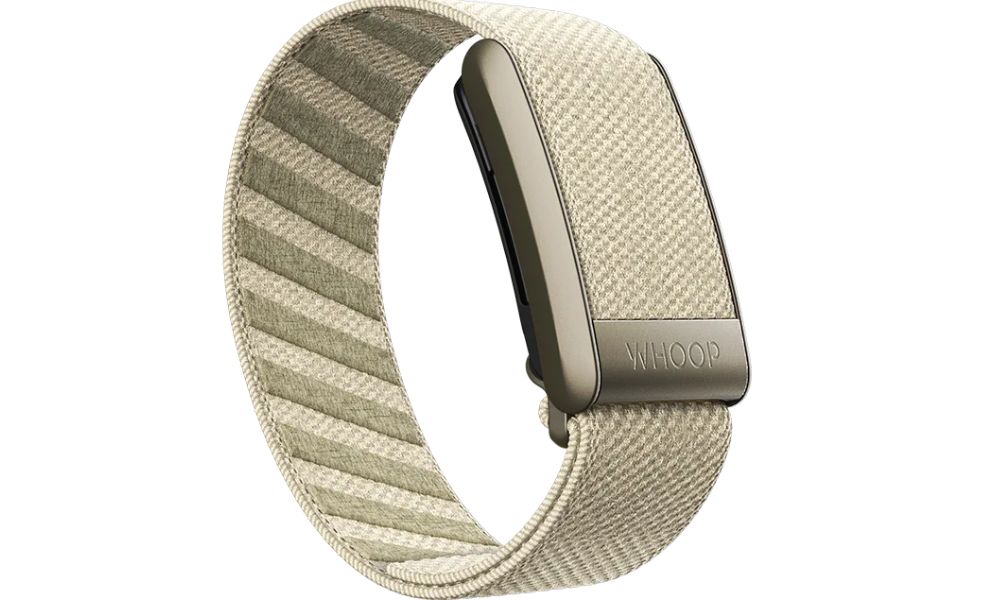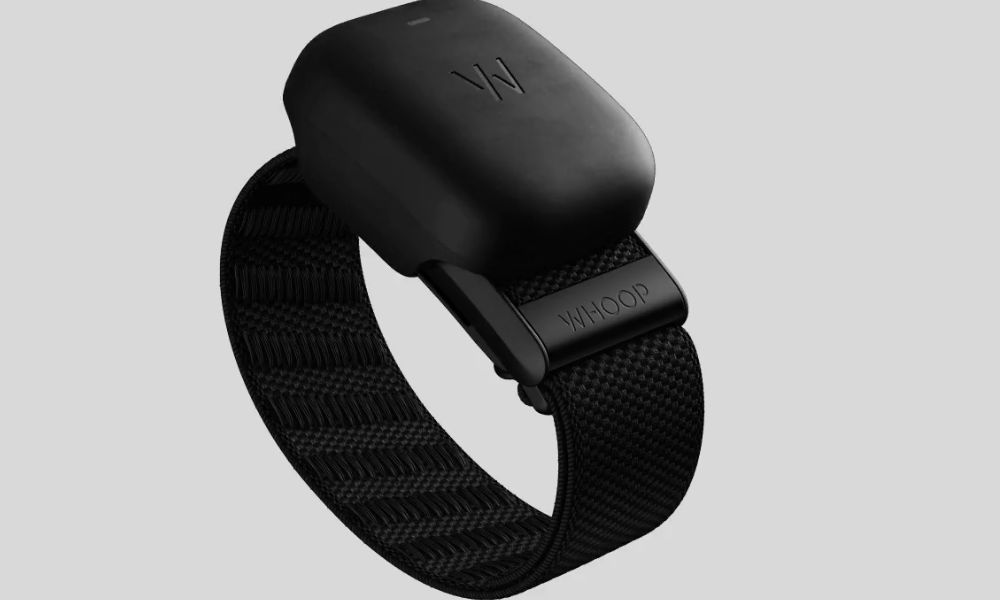The Whoop and Quest collaboration is bringing clinical-grade blood testing directly to the wrists of health-conscious users. Known primarily for monitoring sleep, recovery, and strain, this next evolution pushes beyond surface-level biometrics. The goal is clear: turn a passive wearable health tracker into an active lab assistant capable of delivering real insights that were once only available through traditional healthcare systems.

While fitness bands and smartwatches track heart rate and movement, this collaboration dives deeper into biomarkers. The Whoop blood testing feature is positioned as a seamless extension of daily tracking, offering deeper data, broader diagnostics, and ultimately, more proactive personal health management.
Blood Test Wearables: The Next Big Leap
The world of blood test wearables has long been a sci-fi fantasy. While most devices only monitor physiological metrics like heart rate variability and skin temperature, incorporating blood diagnostics into a wrist-based platform reshapes what wearables can do. Rather than replacing doctors or clinics, this new approach enhances the health journey by providing users with actionable data privately, consistently, and conveniently.
The Whoop wearable lab test offering won’t require needles or vials. Instead, it aims to simplify sample collection and deliver results directly to your app, much like you’d receive a fitness report. That means users will soon be able to track metrics like vitamin levels, cholesterol, inflammation markers, or hormone balances, all from the comfort of home. This advancement doesn’t just enhance user experience. It represents a significant moment in the convergence of consumer tech and clinical medicine.
More Than Fitness: A True Health Tracking Lab
Until now, wearable devices have mostly scratched the surface, tracking sleep cycles, step counts, or exertion levels. The integration of a Whoop health tracking lab into a wearable device means more sophisticated insights are on the horizon.
With the ability to deliver lab-quality results, the device shifts from reactive to proactive. Imagine knowing you’re low on Vitamin D before symptoms arise. Or catching early signs of chronic inflammation before it turns into a bigger issue. The combination of routine blood analysis with biometric feedback paints a more complete picture of personal health.

For athletes, this means optimized training. For everyday users, it offers better energy management, mental clarity, and preventative care. With regular use, the Whoop blood test feature could inform everything from dietary adjustments to recovery planning, without ever setting foot in a clinic.
Privacy, Accuracy & Usability: What Matters Most
As the tech matures, three factors will define its success: accuracy, privacy, and ease of use. The average person doesn’t want to interpret complex lab reports. Instead, they want understandable insights delivered in plain English, with recommendations attached. The new interface promises to do just that, integrating seamlessly into the existing app experience.
Data security is another top priority. Users want full control over who sees their health information. With health data now moving into the clinical realm, privacy policies and encryption protocols will become as important as battery life. Lastly, usability is everything. The Whoop blood testing experience must be painless, intuitive, and quick. If it disrupts routines or feels invasive, users won’t engage regularly, negating its potential benefits.
A Glimpse at the Future of Wellness
The Whoop and Quest collaboration isn’t just about adding a feature; it’s about rewriting the rules of how people engage with their health. As these devices become smarter, more clinical, and more personal, users will expect more than just passive tracking.
Soon, other wearables may follow suit, incorporating diagnostics into their offerings. And as wearable health trackers gain the power to reveal internal health conditions, not just track external activity, the line between tech and healthcare will continue to blur.
This shift could empower millions to take better control of their wellness, catch early warnings, personalize their nutrition, and even improve mental health through better physical insight. What started with sleep and heart rate may end with a revolution in self-care.


No Comments